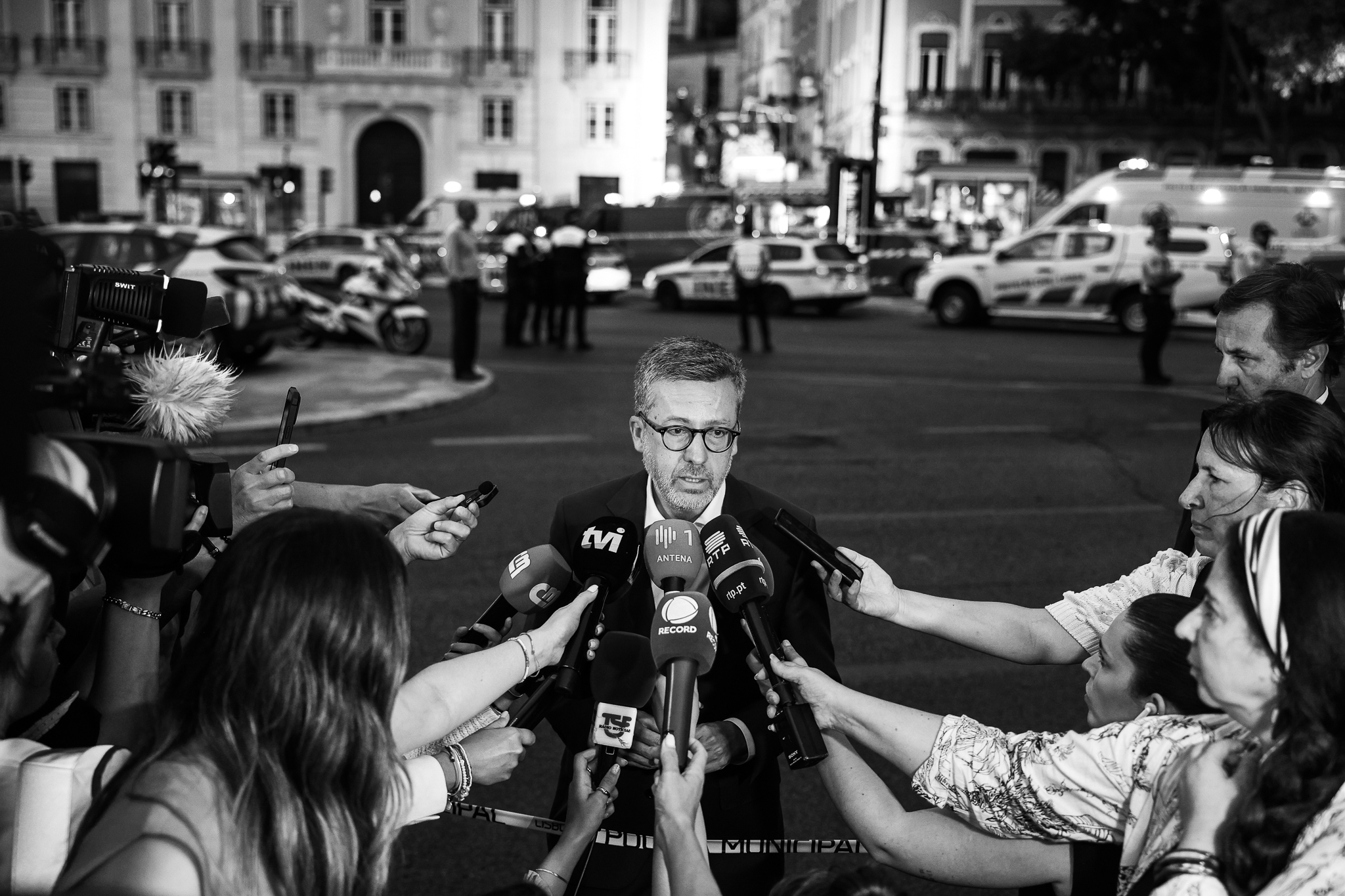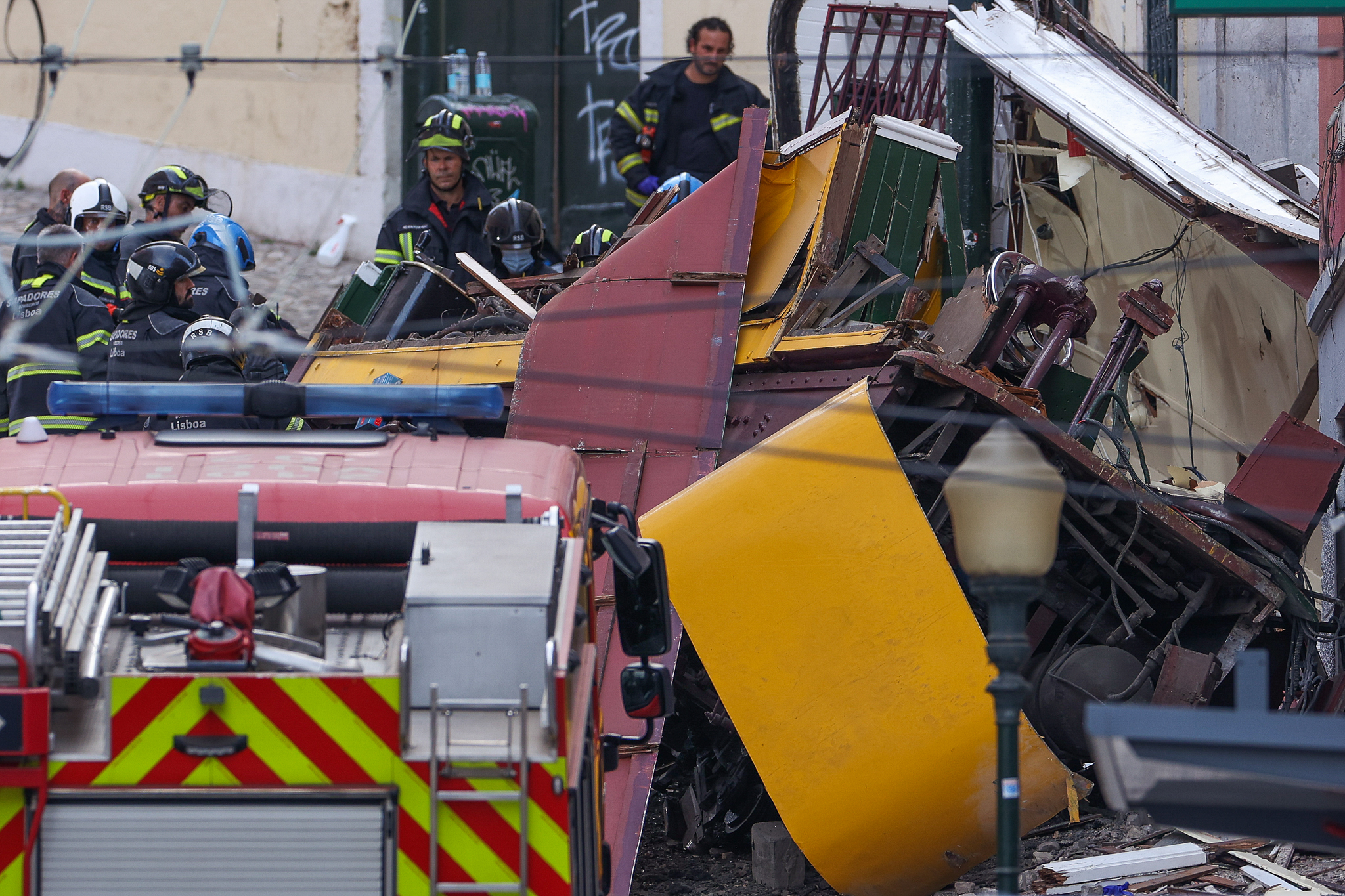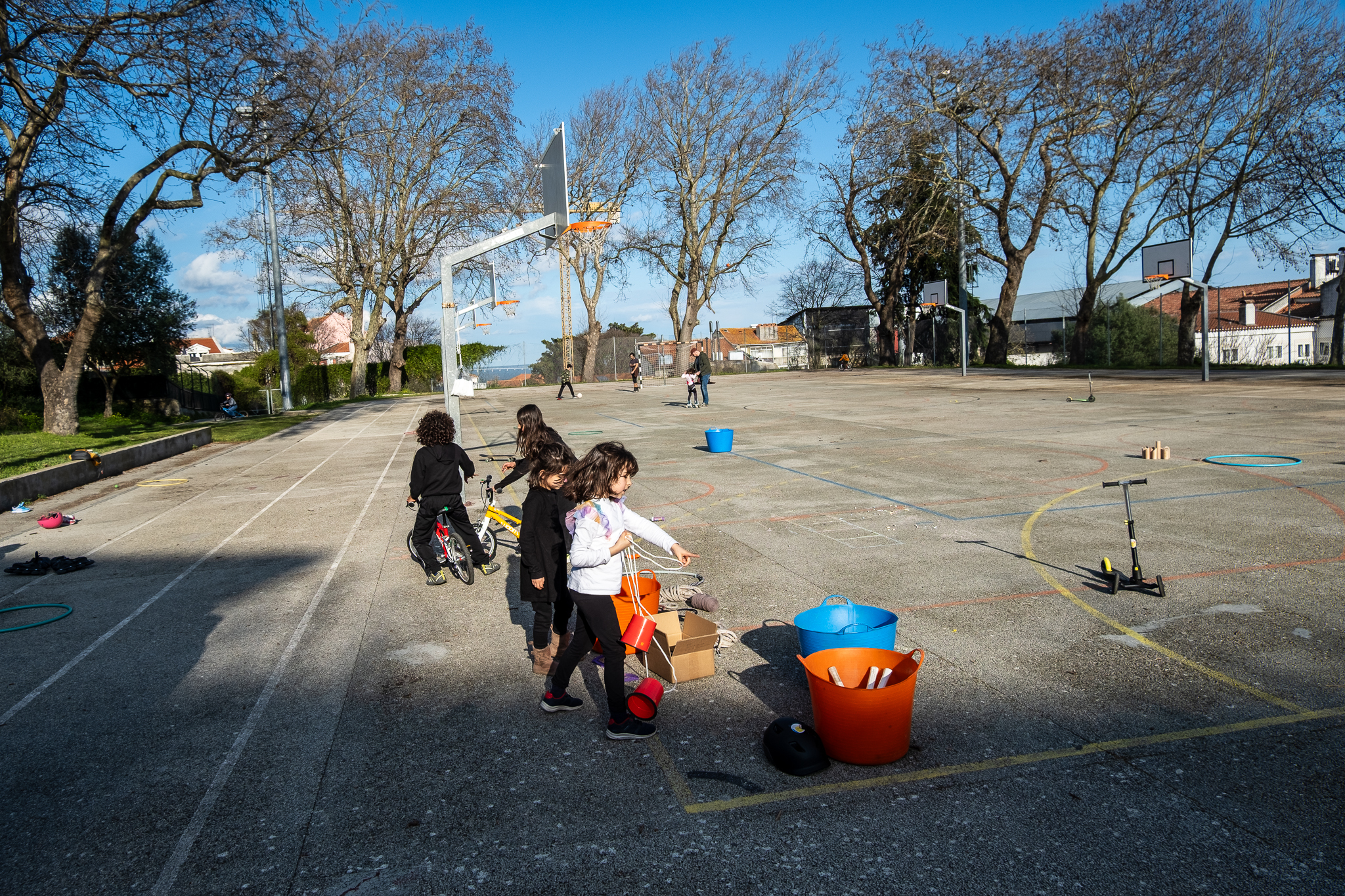By day, it would be sidewalk. By night, parking for residents. But the idea of multifunctional or intensive use spaces is not working. The Campo de Ourique Borough Council is paying attention.

The narrow streets of Campo de Ourique leave little room for pedestrian comfort with the resident population's parking needs and the space dedicated to road traffic. And in this equation, it's usually pedestrian mobility that suffers. The strategy of the Campo de Ourique Parish Council in the streets where it operates has been to make pedestrian paths narrower or non-existent on one side of the road and to widen them on the opposite side; more recently, it decided to test multifunctional zonesThese can be used for different purposes throughout the day.
Tour by day, parking by night. This was the idea that the Campo de Ourique Council (JFCO) applied to the redevelopment of the street that bears the parish's name. A intervention carried out along Rua de Campo de Ourique and a section of Rua Silva Carvalho between April 2021 and the beginning of this month of January led to the creation of de two night parking areas which, during the day, would function as an extension of the narrow promenade. The signs posted at the site make it clear: no stopping or parking between 9am and 7pm.

The concept is interesting and allows you to give a given space the use it is most important for at a given time: during the day, to walk around and access local shops; at night, for residents to park. Basically, it's a question of putting the same square meters to more intensive use. The Campo de Ourique council explains that instead of tarmacking the spaces, they wanted concrete paving slabs, which are more preferable for pedestrians and can withstand the weight of vehicles.
Taking advantage of each square meter as much as possible throughout the day, giving them the most appropriate uses at each moment, is a strategy that is important to JFCO to be able to improve public space in a consolidated area such as the historic part of the parish, where, on the other hand, residents are constantly looking for parking and there is no room to create new surface parking lots. There is little space available, but there is a lot of pressure and there are different desires to reconcile.
On a brief visit to the site, Lisboa Para Pessoas found that the idea is not working in practice. By 5 p.m., almost all of the supposedly multifunctional space on the two streets was occupied by parked vehicles; on Rua Silva Carvalho, for example, there were some drivers inside their vehicles but other vehicles with no one in them and which remained motionless for well over the quarter of an hour that we were on the scene.

Pedro Costa, President of the Campo de Ourique Parish Council, admits the problem and says he is aware of it, pointing out that it's too early to draw conclusions about the concept. Since the council doesn't have supervisory powers, it will be up to the municipal police to do so, in order to guarantee the liberation of that space, which is a promenade during daylight hours. Pedro admits, however, that a on-site awareness and education campaign. What is certain is that these non-parking spaces can be attractive to drivers looking for a quick stop while avoiding paying the parking meter, in streets where all parking is charged and the supply is already scarce during the day.
The Campo de Ourique council had already tested this concept of multifunctional, intensive-use spaces in other interventions, for example in the redevelopment of Largo Dr. António Viana, where during the day there are parking spaces that become terraces, freeing up pedestrian space that would otherwise be occupied by tables and chairs. To Pedro Costa, "drastically extend the area for pedestrian space" is a priority for the Junta when intervening in public spacebecause it is in line with the idea of a 15 minutes city. By giving space back to pedestrians, parents are invited to leave the car at home and walk their children to school, for example, or the distance an older person can walk is extended because they no longer have that obstacle -. "15 minutes are not the same for everyone. My 15-minute city won't be the same as my grandmother's"for example.

For the parish of Campo de Ourique, two silo parking lots are planned, one of which is now under construction in an existing parking lot and will ultimately gain new floors. The Board believes that "this construction of places" must be accompanied by "responsibility" to improve the experience of the parish's public spaceseither by widening pedestrian channels or by removing cars from the vicinity of crosswalks - "it can't always be more parking, it has to be better parking". But above all, we need to adopt a co-creation approach, thinking about cities and neighborhoods from a long-term perspective with people, involving them in the processes and not imposing solutions against the will of the population.

This adaptability of spaces, which is being experimented with in the streets of Campo de Ourique and Silva Carvalho, could mean that, in the future, when the area is no longer needed for cars (because that issue has been resolved), it could be converted definitively into a space for pedestrians. "For now, this space is precariously occupied by cars"to turn those square meters into a permanent sidewalk, it would be enough to remove the sign and put up bollards. "We are providing the infrastructure with flexible capacity."
The project on these two streets was carried out by the JFCO with the support of the previous CML executive. "it's too early to know what the new municipal executive thinks about this type of solution". In the same way that the space can be made permanent for pedestrians, the same can happen for cars by removing the prohibition sign and charging for the new spaces.
Along Rua de Campo de Ourique and that part of Rua Silva Carvalho, there have been several improvements in terms of pedestrian mobility. For example, at the intersection of the two streets, the sidewalk became continuous, making the driver invade the pedestrian's space and not the other way around (the pedestrian invading the driver's space). Sections of the sidewalk have been widened, Largo do Paiol now has seating areas, parking has been reorganized, pockets for motorcycles and bicycles have been created and the pavements have been renovated.










